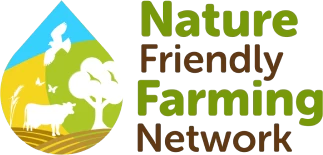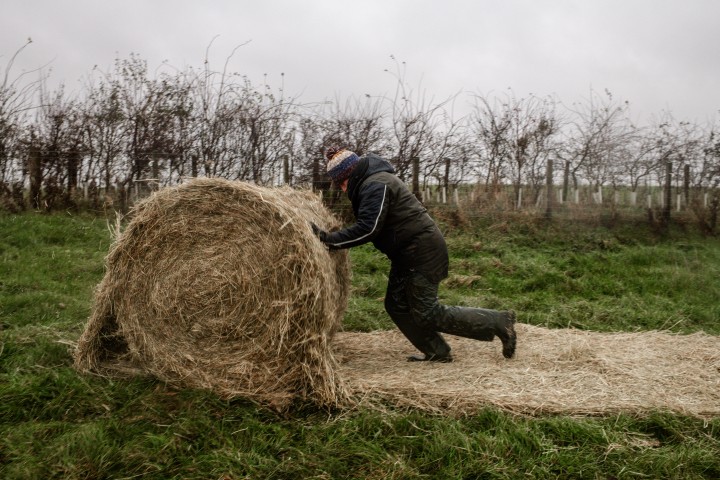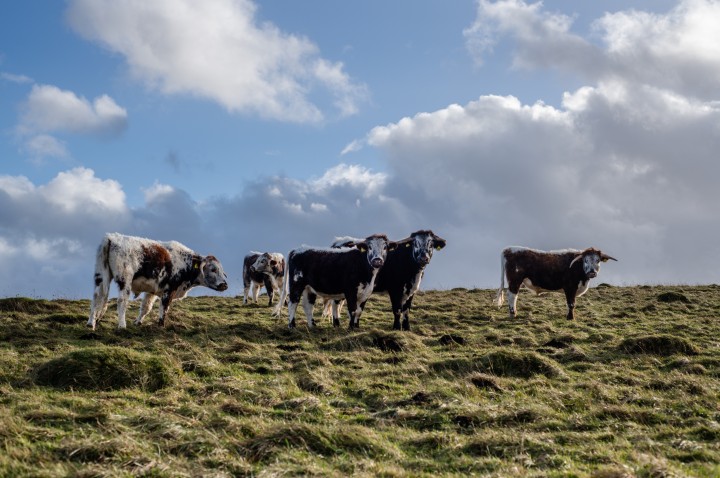In 2010, Simon Hare, the third generation of his family farming at Trees House Farm in County Durham, made a huge decision. The farm, which had previously been run as a conventional and intensive dairy operation at its site near Barnard Castle, would change to produce beef in an organic, nature-friendly way.
Over the years, the family’s operations had extended to farming over two farms on 400 acres of grassland in an area Simon describes as not quite lowland but not upland either. However, Simon says he wanted to change some of the ways his father had farmed. “He was very much into planting new hedgerows every year but he was also about maximising production and keeping things tidy in terms of weed control. He put fertilisers and chemical sprays on, and I didn’t fancy doing that. I’ve always been interested in eating healthily and the type of food I eat.”
Simon admits it was not financial pressures that motivated him to switch as the dairy business was profitable and successful, although going organic did make it less reliant on external inputs and their fluctuating prices. He was keen to reduce labour inputs and was interested in the environmental impact of agriculture. Having read about the benefits of grass-fed beef, he was keen to try out raising it at Trees House Farm.





